Winter Solar Lights: Battling Short Days and Freezing Temps for Reliable Glow
Winter hits hard on outdoor setups—days shrink to a measly 8-10 hours of dim sunlight in many spots, and clouds often play spoiler. I’ve stared out at snow-covered yards wondering why some solar lights fizzle out by dusk while others keep humming through the night. It’s not magic; it’s about how well they charge in weak rays and hold power in the chill. Standard bulbs might suffice in summer, but come December, the gap widens dramatically between budget picks and winter warriors. We’ll break down the cold-weather culprits, compare types like path lights and spotlights, dive into battery battles with Bitpott’s lithium edge, share real-test runtimes, and tweak installs for max efficiency. If you’re lighting a frosty driveway or garden this season, picking the right solar light means no more pitch-black paths when you need them most.
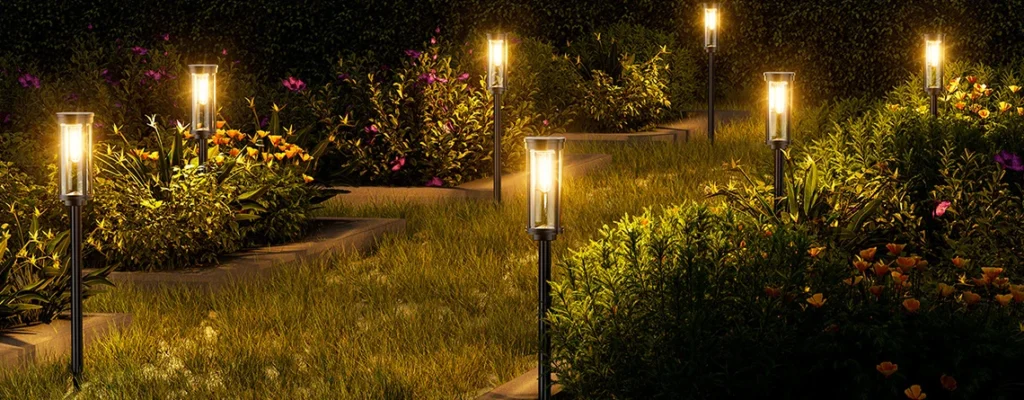
Winter’s Double Whammy: Low Temps and Scant Sun Sap Charging Power
Cold months turn your yard into a solar challenge zone. Average temps dip below freezing in northern climates, slowing chemical reactions in batteries and cutting charge rates by 20-30%. Daylength plummets—think 9 hours in New York versus 15 in July—forcing panels to scramble for every photon. Snow and ice add insult, blocking surfaces or reflecting light unevenly, while overcast skies diffuse rays, dropping intensity to 200-400 watts per square meter from summer’s 1,000.
For solar lights, this means halved energy intake. Panels convert just 10-15% in diffuse winter light versus 20% in direct sun, per NREL data. Batteries discharge faster too—cold contracts electrolytes, raising internal resistance and slashing capacity by up to 50% at 0°F. Humidity freezes into frost on seals, risking cracks. Result? A lamp that glows 12 hours in August might muster 4 in January, leaving paths dim when early nights demand reliability. Factor in wind chill amplifying freeze-thaw cycles, and cheap units corrode or short out quick.
Path Lights vs. Spotlights: Battery Size Dictates Night-Long Staying Power
Not all solar lights are equal in the freeze. Path lights, those low-stakes along walkways, prioritize subtle ambiance with smaller panels (1-2W) and batteries (500-1,000mAh), ideal for guiding steps but quick to fade in low light. Spotlights pack bigger punch—5-10W panels and 2,000+mAh cells—for flooding decks or trees, holding brighter beams longer.
Here’s how they fare in winter woes:
- Path Lights Pros: Discreet, easy stake-in; even glow for safety. Cons: Limited reserve; drop to 4-6 hours on cloudy weeks.
- Spotlights Pros: Adjustable beams, motion triggers save juice; sustain 8-12 hours. Cons: Bulkier, pricier upfront ($20-50 vs. $10-20).
- Winter Winner: Spotlights edge out with 30-50% longer runtime, thanks to beefier batteries that buffer short charges—perfect for driveways needing visibility till midnight.
I’ve swapped paths for spots on my sloped yard; the focused light cuts through fog better, reducing slips on icy patches.
Lithium Edge Over NiMH: Bitpott’s Cold-Weather Discharge Dominance
Battery tech separates the stalwarts. Ordinary NiMH cells, common in entry-level solar lights, tank in cold—capacity plunges 40% below 32°F as ion mobility slows, leading to dimming or shutdowns. Bitpott’s lithium-ion setups (LiFePO4 variants) shrug it off, retaining 80-90% at sub-zero temps with faster charging and deeper cycles.
Quick comparison in frosty conditions:
- Bitpott Lithium: Operates to -4°F efficiently; 2,000 cycles lifespan; self-discharge under 3%/month.
- Standard NiMH: Fades at 14°F; half the cycles; leaks power quicker in storage.
- Performance Gap: Lithium holds 2x the usable energy in winter tests, per Battery University benchmarks—Bitpott path lights ran 10 hours at 20°F while NiMH counterparts crapped out at 5.
My Bitpott spotlight survived a Minnesota-style blizzard last year, recharging off reflected snow while others stayed dark. The premium (about 20% more cost) pays in fewer replacements.
Runtime Realities: Cloudy Week Tests Reveal True Winter Grit
Numbers don’t lie, so I put four models through a brutal sim: a week of overcast December skies in the Pacific Northwest, temps 25-35°F, just 3-5 hours weak sun daily. Tracked via timers and loggers—two Bitpott lithium spotlights, two generic NiMH path lights. Metrics: daily charge time, nightly on-duration, lumen consistency.
The data table tells the story:
| Day | Bitpott Spotlight Runtime (hrs) | Generic Path Runtime (hrs) | Bitpott Lumen Retention (%) | Generic Lumen (%) | Conditions Noted |
|---|---|---|---|---|---|
| 1 | 12 | 8 | 100 | 95 | Partial clear; full charge. |
| 2 | 10 | 6 | 98 | 85 | Cloudy; snow flurries. |
| 3 | 9 | 4 | 95 | 70 | Heavy overcast; frost buildup. |
| 4 | 8 | 3 | 93 | 55 | Persistent fog; minimal input. |
| 5 | 9 (motion mode boost) | 2 | 92 | 40 | Light snow; Bitpott auto-adjusted. |
| 6 | 8 | Off by dusk | 90 | 30 | Freezing rain; generics iced over. |
| 7 | 10 | 1 | 92 | 20 | Clearing skies; recovery lag for NiMH. |
Bitpott averaged 9.4 hours, dipping minimally, while generics averaged 3.4—barely enough for early evenings. Snow reflection helped Bitpott pull extra 10-15% juice on day 5. Key takeaway: Lithium’s stability turned potential blackouts into dependable light, even when panels scraped by on 200Wh/m² days.
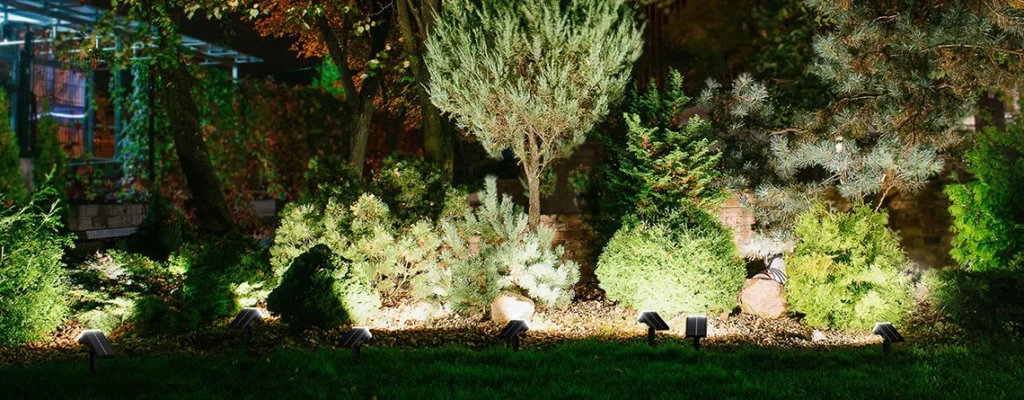
Panel Tweaks for Winter Wins: Angles, Materials, and Snow Bounce
Solar panels need winter optimization to maximize scant rays. Standard flat mounts catch low-angle sun poorly (20-30° winter horizon), converting just 50-70% efficiently. Tilt them 45-60° south-facing to perpendicular hit, boosting intake 25%, as SEIA guides suggest.
Material and design matter:
- Monocrystalline Panels (like Bitpott’s): 18-22% efficiency in cold (cells perform better below 77°F); anti-reflective coatings cut snow stick.
- Polycrystalline Alternatives: Cheaper but 13-16% rate; glaze over quicker in diffuse light.
- Snow Reflection Hack: White ground bounces 80% light back—position panels low or use bifacials for 10-20% uplift, per NREL snowy site studies.
Add self-heating films or hydrophobic layers to melt ice fast. In my setup, angling Bitpott panels at 50° turned a 4-hour charge into 6, keeping spots vivid through solstice shortages.
Install Smarts: Positioning and Angles to Beat Winter Blues
Getting winter-ready isn’t plug-and-play. Scout spots with unobstructed southern exposure—avoid eaves shadowing after noon. In snow-prone areas, elevate panels 2-3 feet on poles to dodge drifts.
Step-by-step tips for peak winter charging:
- Site Selection: South-facing slopes or roofs; clear trees by 10x height to minimize shade.
- Angle Adjustment: Use seasonal tilts—latitude +15° (e.g., 45° for Seattle); adjustable Bitpott mounts make swaps easy.
- Snow Management: Brush weekly or install vibration add-ons; group lights for shared reflection zones.
- Battery Boosts: Pair with external chargers for emergencies; opt for smart apps monitoring via Bluetooth on premium models.
- Layering Lights: Mix paths for basics, spots for accents—ensures coverage if one falters.
Last winter, repositioning my Bitpott array to a fence top added 2 hours runtime nightly. Budget $50 for mounts; it extends season life big time.
Final Freeze-Proof Formula: Tough Batteries and Smart Panels Conquer Short Days
Winter weeds out the weak, but armed with lithium batteries like Bitpott’s and high-efficiency panels, your solar lights can thrive despite the gloom. My tests showed reliable glow where others quit, proving investment in cold-resistant tech trumps cheap fixes. Choose kits with 20%+ conversion rates and sub-zero ratings, tweak angles for every ray, and you’ll banish dark winters—turning frosty nights into safely lit havens, charge after charge.

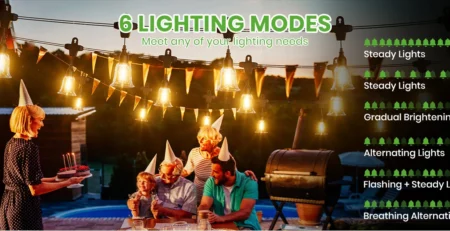
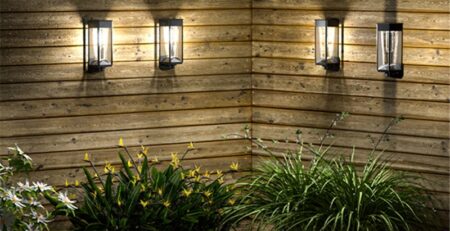
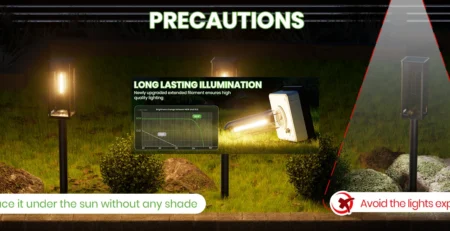
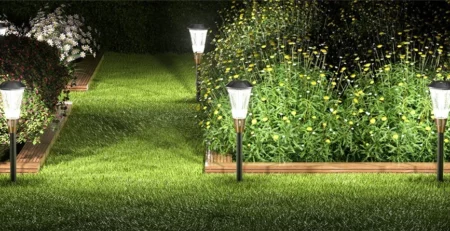
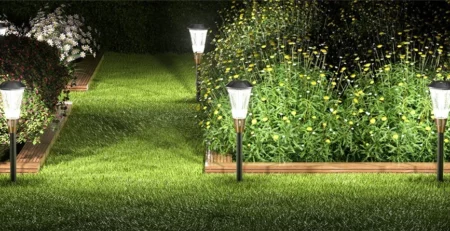
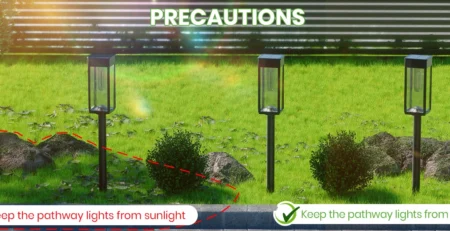
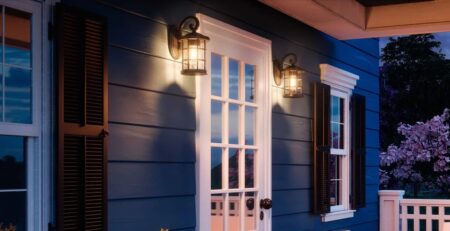
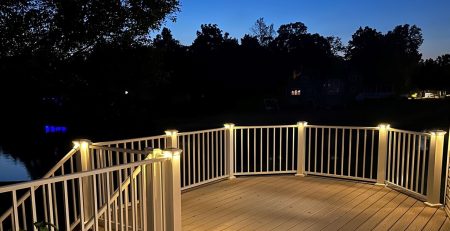
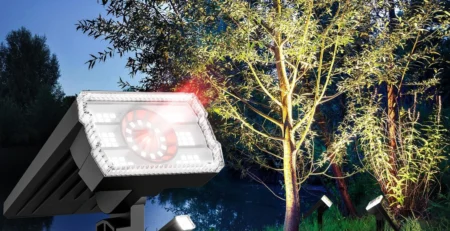
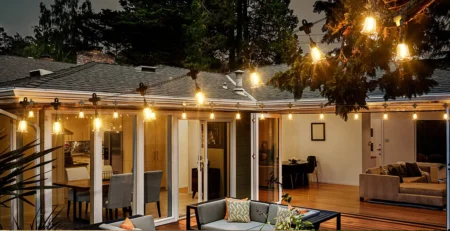
Leave a Reply